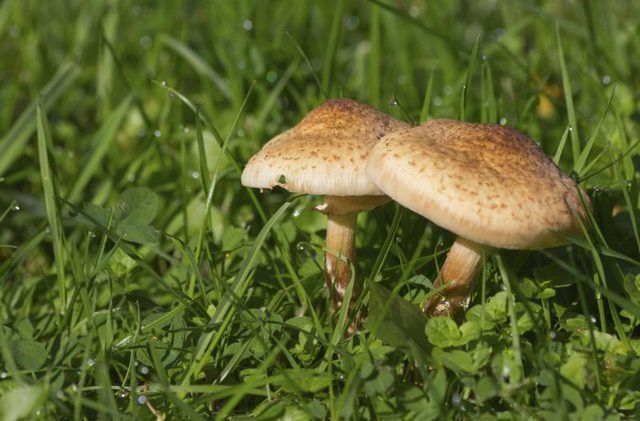Bulbs
Flower Basics
Flower Beds & Specialty Gardens
Flower Garden
Garden Furniture
Garden Gnomes
Garden Seeds
Garden Sheds
Garden Statues
Garden Tools & Supplies
Gardening Basics
Green & Organic
Groundcovers & Vines
Growing Annuals
Growing Basil
Growing Beans
Growing Berries
Growing Blueberries
Growing Cactus
Growing Corn
Growing Cotton
Growing Edibles
Growing Flowers
Growing Garlic
Growing Grapes
Growing Grass
Growing Herbs
Growing Jasmine
Growing Mint
Growing Mushrooms
Orchids
Growing Peanuts
Growing Perennials
Growing Plants
Growing Rosemary
Growing Roses
Growing Strawberries
Growing Sunflowers
Growing Thyme
Growing Tomatoes
Growing Tulips
Growing Vegetables
Herb Basics
Herb Garden
Indoor Growing
Landscaping Basics
Landscaping Patios
Landscaping Plants
Landscaping Shrubs
Landscaping Trees
Landscaping Walks & Pathways
Lawn Basics
Lawn Maintenance
Lawn Mowers
Lawn Ornaments
Lawn Planting
Lawn Tools
Outdoor Growing
Overall Landscape Planning
Pests, Weeds & Problems
Plant Basics
Rock Garden
Rose Garden
Shrubs
Soil
Specialty Gardens
Trees
Vegetable Garden
Yard Maintenance
How to Stop Mushrooms From Growing
How to Stop Mushrooms From Growing. Mushrooms come in dozens of sizes, colors and shapes, and all of them are the visible above-ground growths of underground fungi. While mushrooms don't harm your lawn, they can look unsightly and may also pose a health risk to children and pets. Fungicides are almost never recommended for homeowners because the...

Mushrooms come in dozens of sizes, colors and shapes, and all of them are the visible above-ground growths of underground fungi. While mushrooms don't harm your lawn, they can look unsightly and may also pose a health risk to children and pets. Fungicides are almost never recommended for homeowners because the chemicals are rarely effective. Instead, simply changing your lawn care practices is typically enough to kill mushrooms and prevent future fungi invasions.
Dry Lawns Drive Out Mushrooms
Mushrooms need moist soil conditions to grow. Take away excessive moisture, and mushrooms often cease being a problem. Wipe down a pair of pruning shears or loppers with rubbing alcohol to sterilize them, then cut back overhanging tree branches and nearby shrubs that may be casting shadows on your lawn. This enhances sun exposure and air circulation to dry your lawn out faster. Additionally, mow the lawn as short as possible to increase sun exposure and air circulation on the soil level. While every lawn grass species is different, most do well when kept at a height of approximately 2 inches. Finally, reduce lawn watering as much as possible, allowing the soil to dry out completely between watering.
Aeration for Mushroom Prevention
Compact soil can cause the lawn to become weak. Weak, patchy lawns are more susceptible to weed and fungi invasions. Additionally, the compacted soil can cause water to linger at the surface, enhancing mushroom growth. Aeration two or three times a year controls and prevents mushrooms because it breaks through the compact soil to enhance water drainage and improve lawn health. Use a hand aerifier, which you push down into the soil with your foot to cut out and remove a core of hard soil. Repeat every 6 inches, working in a grid pattern across the lawn.
Clean Up to Clean Out Mushrooms
Mushrooms feed on organic matter in the soil. A patch of mushrooms often indicates a surplus of organic matter on or below the soil surface. Keep your lawn clean and tidy and remove any organic matter. Mushrooms can't grow when they're deprived of their food source. This includes the removals of tree stumps in your lawn, picking up after pets relieve themselves on the lawn, and raking and removing fallen leaves and clumps of grass clippings.
Nitrogen to Knock Out Mushrooms
Adding a single application of nitrogen speeds up how quickly organic matter in the soil breaks down, thus knocking out the mushrooms' source of food. When combined with physical removal of organic debris, this effectively controls current mushrooms and prevents new mushrooms. Use approximately 2 1/2 pounds of 21-0-0 fertilizer for every 500 square feet of mushroom-infested lawn surface. Water your lawn after applying the 21-0-0 to help carry the nitrogen into the soil where it can do its work.
Toxic Cautions
Some mushrooms that grow in lawns are toxic if eaten, and it's often difficult for people to tell a difference between safe, edible mushrooms and poisonous mushrooms. Keep all pets and children away from mushroom-infested lawns whenever the fungi growths are present.